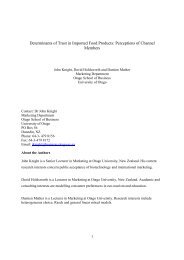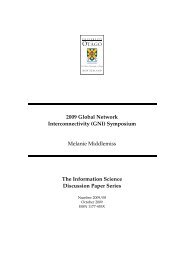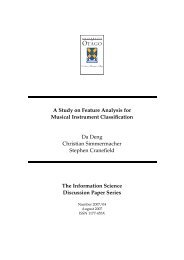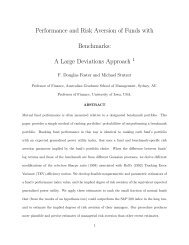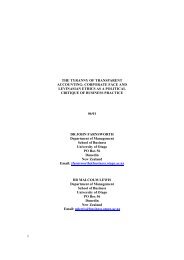Where is R2P grounded in international law? Anne-Marie Judson A ...
Where is R2P grounded in international law? Anne-Marie Judson A ...
Where is R2P grounded in international law? Anne-Marie Judson A ...
You also want an ePaper? Increase the reach of your titles
YUMPU automatically turns print PDFs into web optimized ePapers that Google loves.
military warfare then the civilian population <strong>is</strong> still entitled to protection under<br />
<strong>in</strong>ternational <strong>law</strong>. Th<strong>is</strong> means that all steps necessary will be taken to ensure that the<br />
release of dangerous forces will not affect the surround<strong>in</strong>g areas populated by<br />
civilians. 287<br />
PRECAUTIONS AND PREVENTION TOOLS<br />
The parties to a conflict must ensure that legal adv<strong>is</strong>ors are available when necessary<br />
to adv<strong>is</strong>e military commanders at the appropriate level on the application of the<br />
Geneva Conventions and appropriate <strong>in</strong>struction must be given to all the armed<br />
forces on th<strong>is</strong> subject. 288 Other precautions <strong>in</strong>clude provid<strong>in</strong>g reliable <strong>in</strong>formation to<br />
those who are <strong>in</strong> charge of military attacks so that objectives do not <strong>in</strong>volve attack<strong>in</strong>g<br />
civilians or civilian objects. Those that are <strong>in</strong> charge are required to do everyth<strong>in</strong>g<br />
feasibly possible to ensure that the objective attack <strong>is</strong> neither near civilians nor civilian<br />
objects. The means and methods of attack must take <strong>in</strong>to consideration avoidance of<br />
<strong>in</strong>cidental loss of life, <strong>in</strong>jury and damage to civilian objects or a comb<strong>in</strong>ation of these.<br />
<strong>Where</strong> there <strong>is</strong> a choice between objectives, the one that causes the least danger to<br />
civilians and their objects should be chosen. 289 These rules apply to ground control as<br />
well as attacks from the sea and air. Parties to the conflict will avoid locat<strong>in</strong>g military<br />
objects <strong>in</strong> densely populated areas, 290 attack<strong>in</strong>g non-defended localities 291 or<br />
extend<strong>in</strong>g operations <strong>in</strong>to demilitarized zones. 292<br />
Civil defence organ<strong>is</strong>ations are protected under th<strong>is</strong> Convention. Th<strong>is</strong> <strong>in</strong>cludes their<br />
build<strong>in</strong>gs, materials, and their personnel. They must be ensured respect and be<br />
protected at all times. They must be allowed to carry out their tasks except <strong>in</strong> cases of<br />
imperative military necessity. 293 In occupied areas or territories civilian civil defence<br />
organ<strong>is</strong>ations must receive from the authorities the facilities necessary for the<br />
performance of their tasks. The occupy<strong>in</strong>g power must not change the structure or the<br />
287 Article 56.3 page 21 <br />
288 Article 82 page 33 <br />
289 Chapter iv article 57 (2) page 22 <br />
290 Articles 57 2 (b) and c, 57 (5), and 58, page 22 <br />
291 Article 59 (1) to 59 &) page 23 <br />
292 Article 60 pages 23 to 24 <br />
293 Article 62, page 25 <br />
<br />
88




